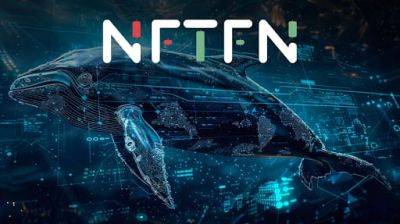After Years of Upheaval, Neo-Plasma Looks Set to Ease Ethereum Transaction Fees
In the early days of blockchain, as the industry was starting to make waves with the greater public, Ethereum was growing into a thriving ecosystem. Launched publicly in 2015, the platform was designed to evolve beyond Bitcoin, focusing on decentralized applications rather than acting as a store of value. While it has and remains the leader of blockchain ecosystems (Bitcoin may be worth more, but Ethereum’s massive adoption from developers has no equal), by 2017 the gas fees were becoming more and more unwieldy.
Seeing this as a major obstacle, co-founder Vitalik Buterin proposed a scalability solution called Plasma.Seeing as how we aren’t using Plasma or some version today, it’s clear that its rollout wasn’t successful. At least, perhaps until now. Let’s dive into what Plasma is, why its original form never took place, and why new technology could hold the missing piece to significant Ethereum scalability.
As a quick recap, Plasma was designed to directly address the issues caused by Ethereum consensus. This process is incredibly effective at preventing invalid transactions, with 11.2K nodes located in nearly 3K locations around the globe each capturing new blocks and presenting them for verification from the network. Its system is the foundation for Ethereum’s strength, but it is simply not a scalable solution. For transactions, and especially non-fungible payments, the process can be performed off the mainnet and become much cheaper and faster. Plasma was meant to post only verified states, striking a balance between scalability and Ethereum security.
The Plasma Cash iteration, developed in 2018, provides the simplest example of Plasma in action. The system handles payments, handling coins as NFTs to make their
Read more on cryptonews.com





















